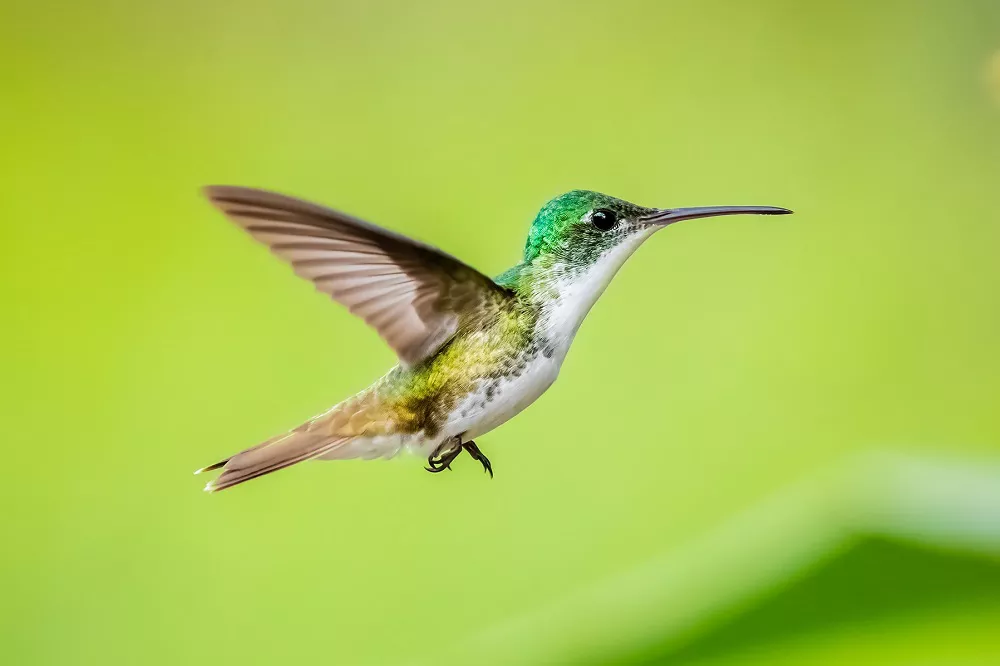Hummingbirds are among the most fascinating birds in the animal kingdom. Known for their tiny size, rapid wing beats, and stunning aerial maneuvers, these birds have captured the imagination of birdwatchers and nature enthusiasts alike. One of the most impressive features of hummingbirds is their incredible flight speed. In this article, we will explore how fast hummingbirds can fly and what enables them to achieve such incredible speeds.
Hummingbirds are known for their remarkable agility and speed. They are capable of hovering in mid-air, flying backwards, and executing sudden directional changes with ease. These abilities are made possible by their unique wings, which are capable of beating up to 80 times per second. This allows them to generate lift and maneuverability that far exceeds that of other birds.
But just how fast can hummingbirds fly? The answer to this question depends on the species of hummingbird. The fastest species of hummingbird is the aptly named “Violet Sabrewing,” which has been recorded flying at speeds of up to 60 miles per hour (97 kilometers per hour). This is faster than most other birds in the world, and is a testament to the impressive capabilities of these tiny creatures.
Other species of hummingbirds are slightly slower, but still capable of impressive speeds. The Ruby-throated Hummingbird, which is the most common species in North America, can fly at speeds of up to 45 miles per hour (72 kilometers per hour). Meanwhile, the Anna’s Hummingbird, which is found along the western coast of North America, can fly at speeds of up to 40 miles per hour (64 kilometers per hour).
So what enables hummingbirds to achieve such incredible speeds? One key factor is their muscle density. Hummingbirds have a higher muscle density than any other bird, which allows them to generate more power and lift with each wing beat. Additionally, their wings are uniquely shaped, with a deep curve that allows them to generate lift on both the upstroke and downstroke.
In conclusion, hummingbirds are among the fastest and most agile birds in the world. Their ability to hover, fly backwards, and execute sudden maneuvers is made possible by their unique wings and high muscle density. While their flight speeds vary by species, even the slowest hummingbirds are capable of impressive aerial feats. By studying these tiny creatures, we can gain a deeper appreciation for the incredible diversity of life on our planet.


 Facebook
Facebook  Instagram
Instagram  Youtube
Youtube 